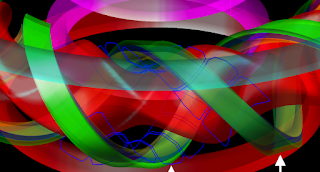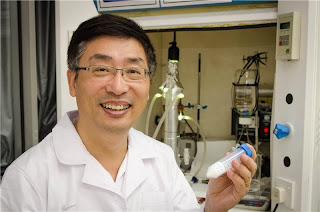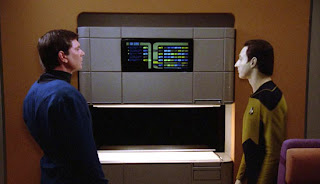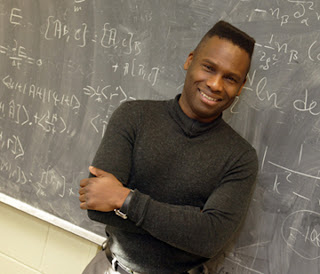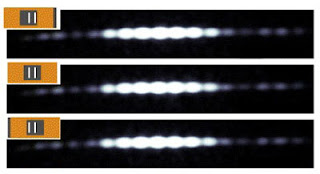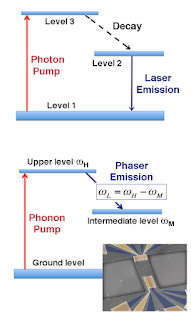The irony is this post appears on the traditional "April Fool's Day." This however, is not a joke.
The following is a quote I read in the book "Fool Me Twice: Fighting the Assault on Science in America," by Shawn Lawrence Otto. After reading the indictment of Galileo for "proposing the sun was the center of the world [and the earth was not]," this hit me like a thunderbolt:
"...Science is a reliable method for creating knowledge, and thus power...science constantly disrupts hierarchical power structures and vested interests in a long drive [my add: by science] to give knowledge, and thus power, to the individual, and that process is also political."
It would appear School House Rock was correct: knowledge is power. Currently in North Carolina, several university institutions are on the chopping block for possible closure, including my Alma mater, North Carolina A&T State University. I no longer believe in accidents of history.
Part of my admiration for Dr. King and everyone of my instructors at A&T that were a part of the movement in one way or another was they all seemed so smart, so well-informed, innately curious about the world around them, and active participants in it through scholarship and the citizenship act of voting for representative government.
These students are articulate, smart, and positive possibilities that you won't see on the "boob tube" flat screen. Forwarded 24/7 are the glorified images of rappers, athletes, entertainers, etc. that of course, doesn't threaten anyone in positions of power: just quaint little minstrel shows; death by a thousand warped cultural knives. I'd rather see more of this kind of "reality show" than the negativity we all seemed to be programmed to accept as our "normal." Of this long list of reality shows, "Myth Busters" is the only one I bothered to watch.
No mention of NSBE, SHPE, NSBP, NSHP, or what the acronyms mean (see the links). Urban youth in particular are conditioned almost from birth and circumstance to think math and science are "too hard," yet when I taught high school, I'd hear of, or see the same youth spend hours on a joystick mastering "the next level" on a video game. I witnessed the glorification of "flashing sets," "tagging graffiti" and sagging britches to parallel sagging grades: minstrelsy in the hallway. I recall, in all fairness, a staged walkout of Atkins High School because they wouldn't let us wear shorts - that wasn't important either.
We are all part of a "bewildered herd," prodded by the rod and staff of what our socially acceptable stalls are on the "Animal Farm." What we should be teaching is STEM can be as significant as a pillar of fire by night and smoke by day; it can split a sea of reeds and be the modern underground railroad to emancipation. Instead of mastering levels and cypher, we need to master Calculus and Physics!
It makes education...a revolutionary act.
School Page: Virginia State University

